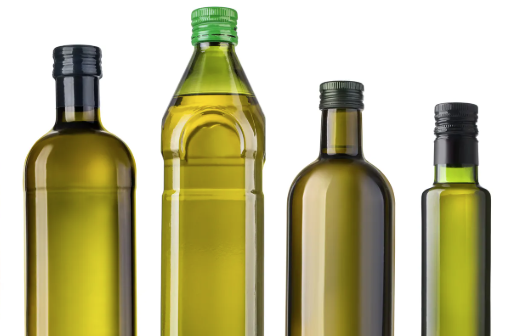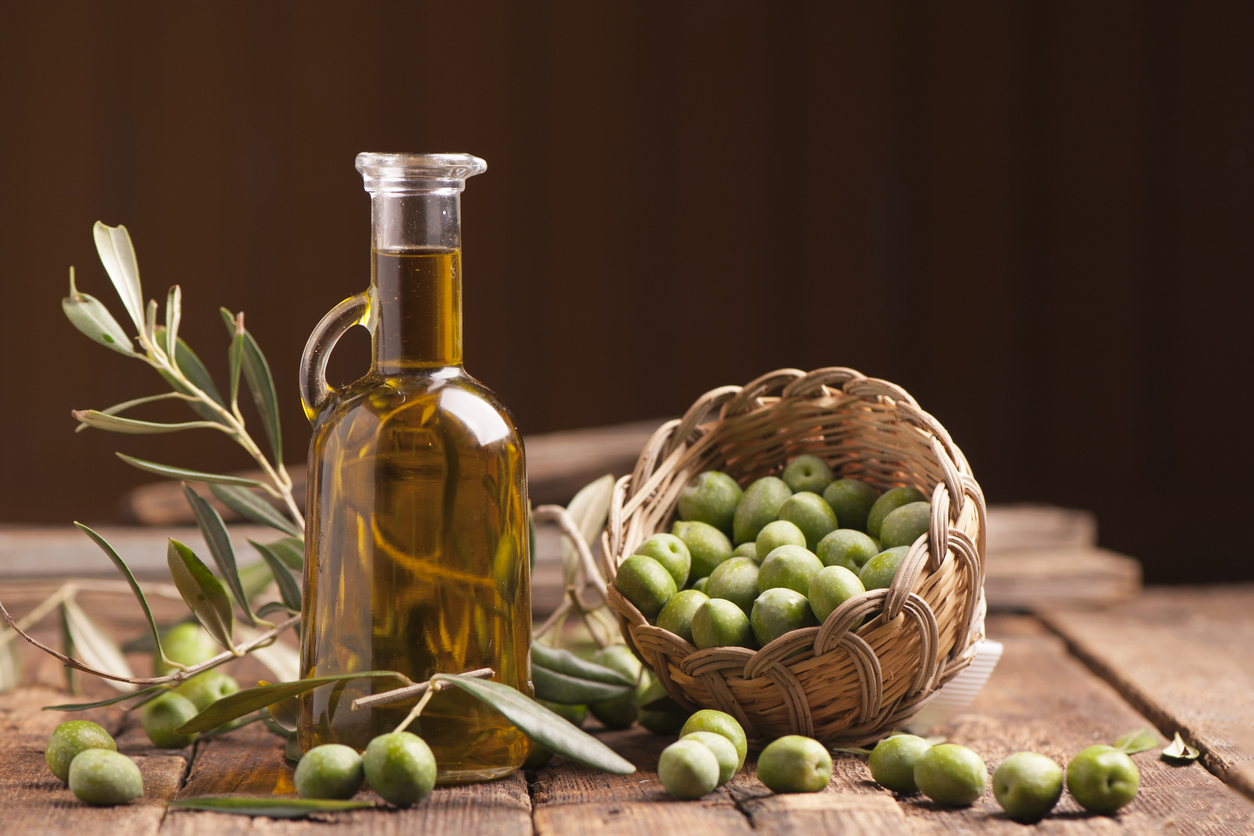Ensuring the authenticity of extra virgin olive oil (EVOO) is crucial to avoid purchasing diluted or substandard products. By examining the label, packaging, and certifications, and using your senses, you can verify the quality of your olive oil. Authentic EVOO offers unmatched flavor, nutritional benefits, and freshness, making it worth the effort to select the real deal.
Key Takeaways:
- Check the label: Look for harvest dates and estate or mill names as signs of transparency and authenticity.
- Examine the packaging: Choose EVOO in dark glass bottles to prevent degradation from light exposure.
- Verify certification: Look for seals from trusted organizations like the IOC or COOC for quality assurance.
- Trust your senses: Authentic EVOO should have a fruity aroma, a hint of bitterness, and a peppery finish.
- Avoid misleading terms: Labels like “pure olive oil” or “extra light olive oil” do not indicate extra virgin quality.
Extra virgin olive oil (EVOO) is a pantry staple prized for its rich flavor, nutritional benefits, and versatility in cooking. Nevertheless, as demand has surged and prices have escalated because of climate change and diminished olive harvests, the market has been inundated with fake olive oils. Although concern about counterfeit extra virgin olive oil has reached hysterical proportions, it is still possible to purchase diluted or substandard olive oils without knowing it. This scenario has two possible benefits: The dilution of the fake olive oils keeps prices down, which permits enough people to stay in the market to produce a sufficient supply of real olive oil; and the substandard olive oils are of such low quality that they can’t really compete, and thus, they mostly stay in the markets of those who can’t afford better oils.
When shopping for EVOO, start by carefully examining the label. Often, real products include a harvest date showing when the olives were pressed into oil. This detail is unlike “best by” or “bottled on” dates, which are common to most grocery products. Those may be signs of freshness, but they don’t offer the same insight as a harvest date. When you see a prideful display of the estate or mill name, that’s a good sign of transparency. With certain countries like Australia having strict production standards, even the oil from those regions is a reliable choice.
Another indicator of quality is the packaging. True EVOO frequently is packaged in dark glass bottles. These serve to protect the oil from exposure to light—a element that degrades the oil over time. Ultraviolet light breaks down chlorophyll and oxidizes the oil’s fatty acids. The result? An oil that has a shorter shelf life and a flavor profile that’s altered. While a clear glass bottle doesn’t necessarily indicate a fraudulent product, it does require more attention to the labeling to ferret out signs of quality. And paying attention to the way a product is packaged can tell you quite a lot about how much the producer values the integrity of their product.
Certification is another way to verify your EVOO’s authenticity. Seals from organizations such as the International Olive Council (IOC) or the California Olive Oil Council (COOC) indicate that the oil has undergone extensive testing. These certifications assess both the chemical and the sensory aspects of the oil, like flavor and aroma, to verify that it meets very strict standards. To put it bluntly, if your EVOO is certified, you can rest easy knowing that it, at the very least, satisfies the sort of rigorous criteria that any premium olive oil should.
Finally, trust your senses when evaluating olive oil. Genuine EVOO has certain characteristics that are not just present by chance but are marks of high quality. First, there’s the fruitiness. A very good olive oil is not just a “good oil”; it has a “fruity” nature. That fruitiness comes through as an aroma, as a taste when you swallow the oil, and even as a lingering flavor after you spit it out or otherwise dispose of it (not that you should necessarily spatula the oil into the kitchen sink; it could be a fun challenge for you to come up with dishes that would showcase its flavor).





